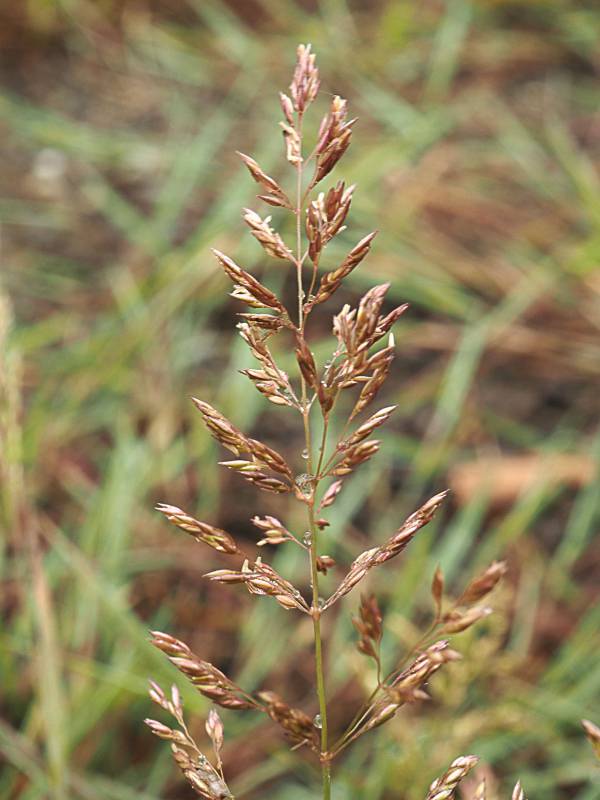Hosted by the University of Washington Herbarium, Burke Museum
Publication: Tent. Fl. Germ. 1: 31. 1788.
Origin: Introduced from Eurasia
Herbarium search: CPNWH
Notes: FNA24: "Agrostis gigantea grows in fields, roadsides, ditches, and other disturbed habitats, mostly at lower elevations. It is a serious agricultural weed, as well as a valuable soil stabilizer. In the Flora region, its range extends from the subarctic to Mexico; it is considered to be native to Eurasia. It is more heat tolerant than most species of Agrostis.
Agrostis gigantea has been confused with A. stolonifera, from which it differs in having rhizomes and a more open panicle. Agrostis stolonifera has elongated leafy stolons, mainly all above the surface, that root at the nodes, and the panicles are condensed and often less strongly pigmented than in A. gigantea. Its distribution tends to be more northern and coastal where ditches and pond margins are common habitats, and its stolons enable it to form loose mats. Agrostis gigantea is ecologically adapted to a more extreme climate—hot summers/cold winters and drought—than A. stolonifera. It is also similar to A. capillaris and A. castellana; it differs from both in its longer ligules, from A. capillaris in its less open panicles with spikelets near the base of the branches, and from A. castellana in being more extensively rhizomatous.
When Agrostis gigantea grows in damp hollows under trees it becomes more like A. stolonifera, particularly when the inflorescence is young, not expanded, and pale. If the rootstock is not collected, identification is a major problem."
Last updated 5/13/2023 by David Giblin.

